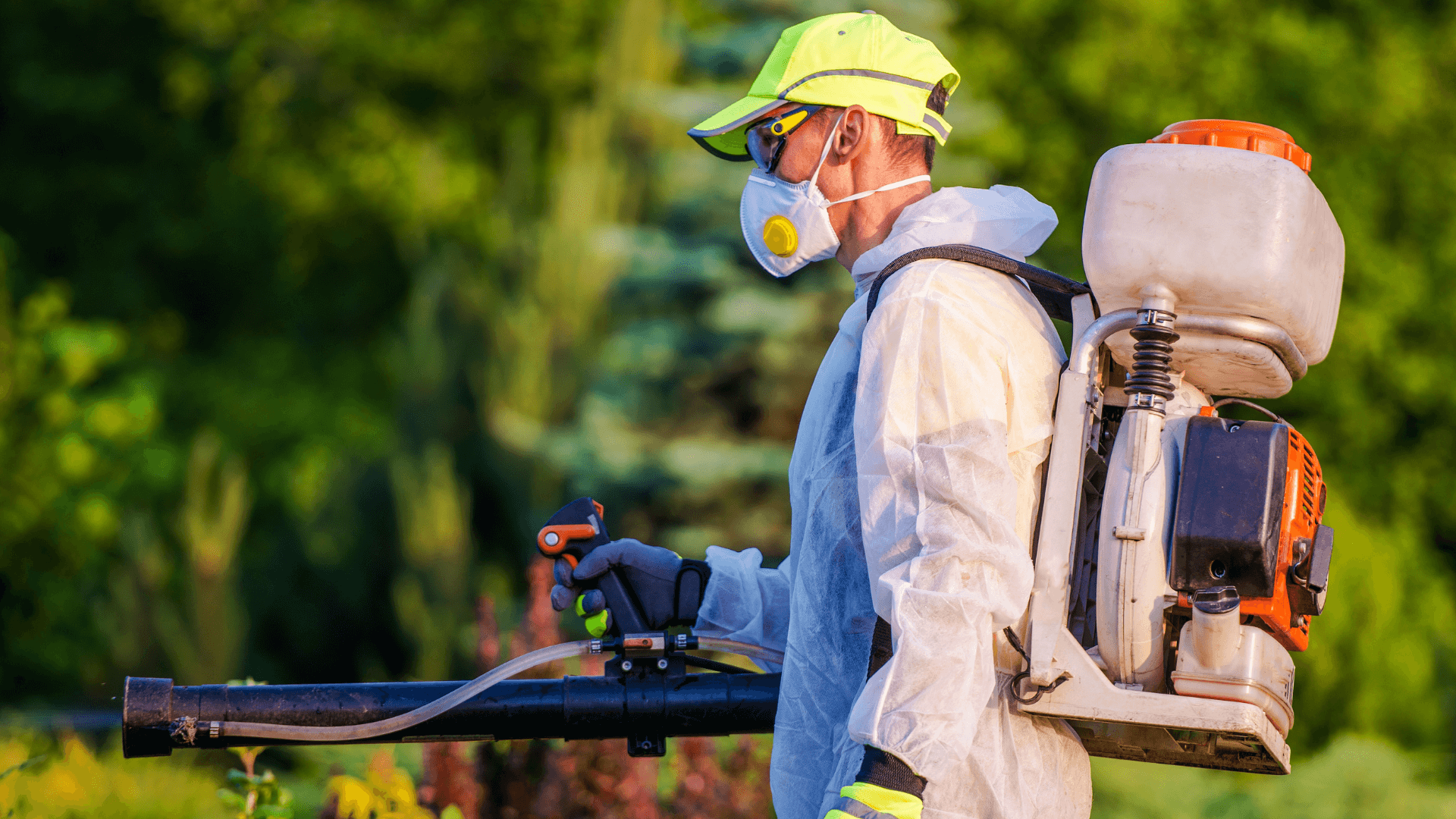Global warming is fundamentally altering our environment, and its impact are becoming increasingly evident in various aspects of our existence. One major consequence of these shifts in climate is the impact on pest populations, which can pose challenges for property owners and businesses alike. As temperatures rise and climate conditions become more unpredictable, pests are adapting and changing their behaviors, resulting in more frequent infestations in our houses and communities.
Understanding the effect of climate change on pest control is crucial for developing effective strategies to keep our homes pest-free throughout the year. From springtime invaders to winter mice problems, being cognizant of how climate fluctuations affect pest behavior can empower us to take proactive measures. This article will explore common household pests, the role of expert pest control, and practical tips for maintaining a pest-free environment in every season. Let's dive into the essential information you require to safeguard your house and family against these resilient intruders.

Grasping Insect Habits and Climate Shifts
Climate change is changing habitats throughout the world, and pest groups are no exception. Rising temperatures and shifting weather trends are establishing more beneficial conditions for many common household pests. For instance, warmer winters allow insects like bedbugs and roach to survive and reproduce in areas where they previously struggled to establish a presence. As the climate persists to heat up, pests may migrate into new regions, carrying with them a host of challenges for pest control.
Furthermore, greater precipitation and humidity can heighten the dangers posed by pests. Mold and mildew flourish in moist conditions, often luring insects such as ants and termites that can inflict significant destruction to homes and real estate. Residents must be diligent in recognizing these environmental changes, as they immediately lead to the spread of pests. Understanding this relationship between climate and pest behavior is vital for efficient pest management methods.
Ultimately, the impact of climate change on pests can also bring new challenges in regulating their populations. Conventional pest control practices may turn less effective as pests adapt to changing conditions. For example, DIY pest control methods may fail as pests gain resistance to particular treatments. It’s essential for property owners to keep abreast about the changing pest situation and consider more all-encompassing approaches, including regular professional pest control help, to ensure their properties pest-free all year long.
Efficient Pest Control Strategies
To effectively handle pest populations in your home, it is crucial to adopt a blend of prevention, observation, and intervention strategies. Start by ensuring that your home is thoroughly sealed. This includes examining for fissures in walls, openings around doors and windows, and closing up any openings where pests can get in. Maintaining a tidy living environment is also crucial; regularly cleaning your kitchen and dining areas minimizes food sources that draw pests. Additionally, preventing standing water can help prevent many pest issues, especially mosquitoes.
Routine inspections play a vital role in early detection of pest problems. By keeping an eye on areas where pests are likely to enter, such as basements, attics, and crawl spaces, you can recognize potential infestations before they become severe. Arranging professional pest control services periodically can improve your home’s defenses. These specialists have the expertise and tools needed to diagnose various pests and carry out effective control methods that are non-toxic and environmentally friendly.
When it comes to managing existing infestations, it is essential to select the right approach based on the type of pest and the severity of the problem. For instance, some household pests like ants and roaches may react favorably to baiting systems, while others like bed bugs might require more extensive treatment plans. Always comply with the guidelines for application and safety, especially when applying chemical treatments. By combining these strategies, you can develop a robust pest management plan that ensures your home free from pests year-round.
Preventive Strategies for Year-Round Pest Management
To ensure a pest-free environment throughout year, enforcing preventive measures is vital. Start by sealing all cracks and crevices in your home’s exterior, as these spaces serve as entry points for various pests. Ensure that windows and doors fit tightly and place weather stripping if necessary. Regularly inspect page for traces of pests and resolve any infestations right away to prevent further problems.
Additionally, ensuring clean indoor and outdoor environments can greatly reduce the likelihood of pest invasions. Keep food stored in airtight containers and immediately clean up spills and crumbs. Outdoor areas should be kept neat, with debris and standing water eliminated, as these lure pests like mosquitoes and rodents. Proper waste management also plays a critical role, so make sure trash bins are secured and emptied regularly.
Lastly, think about scheduling regular pest inspections with a qualified pest control service. These inspections can detect potential issues before they escalate, offering peace of mind and making sure that your home remains secure year-round. With vigilance and preventive measures, you can effectively manage pest populations and safeguard your living space.
